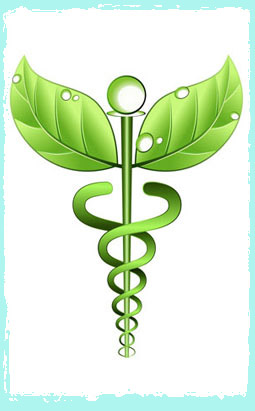Craniosacral Therapy
CranioSacral Therapy is a gentle, powerful health care approach that acts through the central nervous system to help in the pursuit of improved function.
In the 1970s American Osteopath Dr John Upledger observed the distinct, regular movement of a dural tube (the tough membrane that surrounds and protects the spinal cord) during surgery on a patientís neck. Curious as to whether this movement had previously been investigated, he discovered the work of William Sutherland, who developed Cranial Osteopathy. Dr Upledgerís subsequent research in this field led to the evolution of some highly effective techniques, without much scientific evidence as to how they actually worked. In collaboration with a team of scientists at Michigan State University, he was able to understand and demonstrate some of the key aspects of cranial work, and found that many problems previously thought to be confined to the head, can in fact have primary causes elsewhere in the body.
With CranioSacral Therapy, factors that compromise posture and function throughout the body are addressed with equal emphasis to those that appear in the neighbourhood of the cranium. There is, however, a focus around the effect on the head and vertebral column, with their membranous and neurological contents, and their immediate connective tissues - collectively recognised as the craniosacral system.
Because it acts on the deepest structures and organs of the nervous system, CranioSacral Therapy influences motor, pain and coordination mechanisms, the digestive system, the respiratory system, heart function and the endocrine system.
The bite and temporomandibular joints can not only profoundly influence the craniosacral system, but can themselves be rendered dysfunctional by restrictions and imbalance anywhere in the body, with a huge range of health consequences. Dentists are becoming more clued in to the craniosacral approach, and cooperation with CranioSacral Therapists in resolving bite-related issues is increasing. This brings great benefit to sufferers whose patterns of ill-health involve previously unrecognised and unresolved bite factors.
CranioSacral Therapy is a gentle, non-invasive manipulative technique. The therapist seldom applies pressure in excess of 5 grammes (the equivalent of a British 20p piece). Examination is done by testing for movement in various parts of the system. In some cases simply doing these tests can reduce restrictions, and the system is able to self-correct.
The rhythmic movement that Dr Sutherland found so useful in evaluating the health of the craniosacral system remains a key factor in guiding CranioSacral Therapists through therapeutic priorities. Known as the craniosacral rhythm, it is an indicator of free mobility of the connective tissue, of body symmetry and of vitality. Upledger-trained practitioners use it in conjunction with other subtle evaluative techniques to locate and identify spinal cord dysfunctions and restrictions of the important membranes that subdivide and support the brain. It can also be used to pinpoint and frequently help areas of active tissue change anywhere in the body.
Receiving CranioSacral Therapy tends to be very relaxing, and indeed positively pleasurable. Ignored or hidden problems are as often resolved as those that help was actually sought for. Improvements in bite or eyesight, for example, are commonly experienced by patients presenting with spine-related issues.
In many cases treatment will result in helpful movement of unresolved emotional issues which can play a major role in inhibiting good physical health.
Used throughout pregnancy, CranioSacral Therapy improves comfort by helping the body adapt to the growing foetus, as well as helping to normalise hormonal balance. Treatment of newborns can quickly resolve problems arising in utero and during birth, which could cause developmental and other difficulties as the child grows, and would require more prolonged intervention if left until later.
Take a look around this site and if you would like to explore the possibility of working with me please get in touch.
CranioSacral Therapy
has been effective over a wide spectrum of medical problems associated with pain and dysfunction, including:Migraine headaches, traumatic brain and spinal cord injuries, chronic neck and back pain, emotional difficulties, motor co-ordination difficulties, stress and tension-related problems, central nervous system disorders, temporomandibular joint syndrome (TMJ), orthopaedic problems, chronic fatigue, neurovascular or immune disorders, scoliosis, infantile disorders, post-traumatic stress disorder, autism, learning disabilities, fibromyalgia and other connective tissue disorders.
Other therapies
include:
HOMEOPATHY
NUTRITION
Get In Touch Today ...to explore how I may be able to address your health issues.
Tel. 07719 733815.
Email: sue_j_mills@hotmail.com
